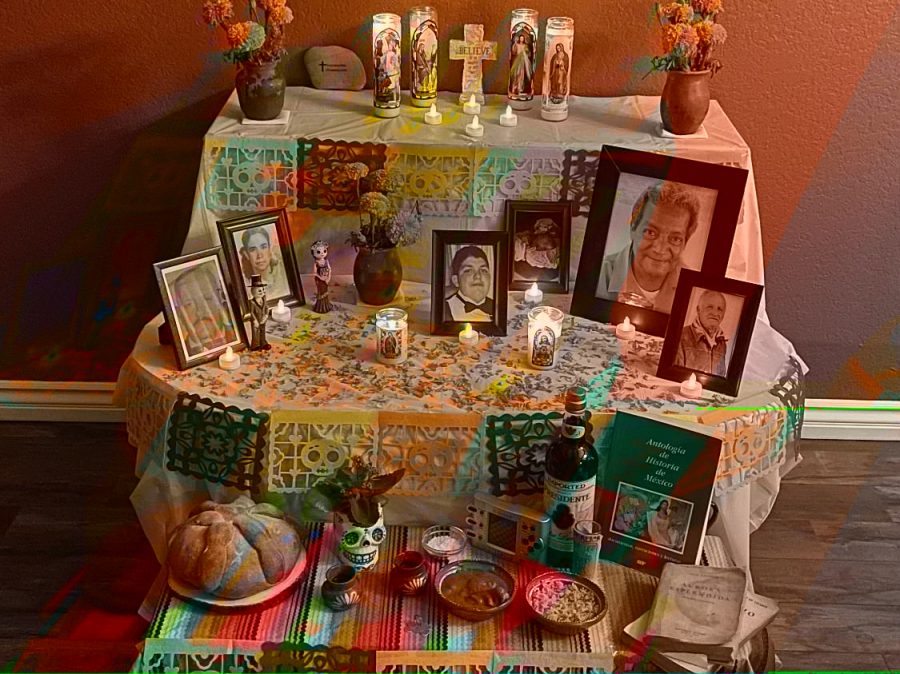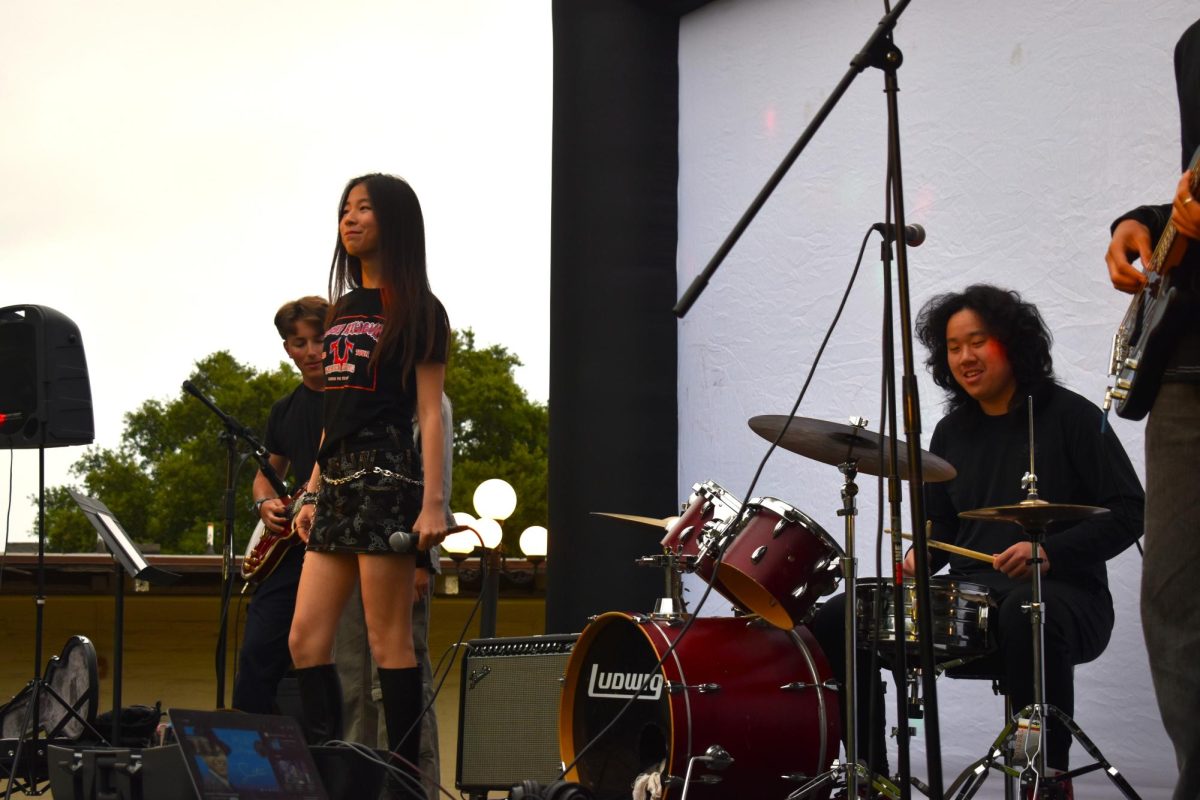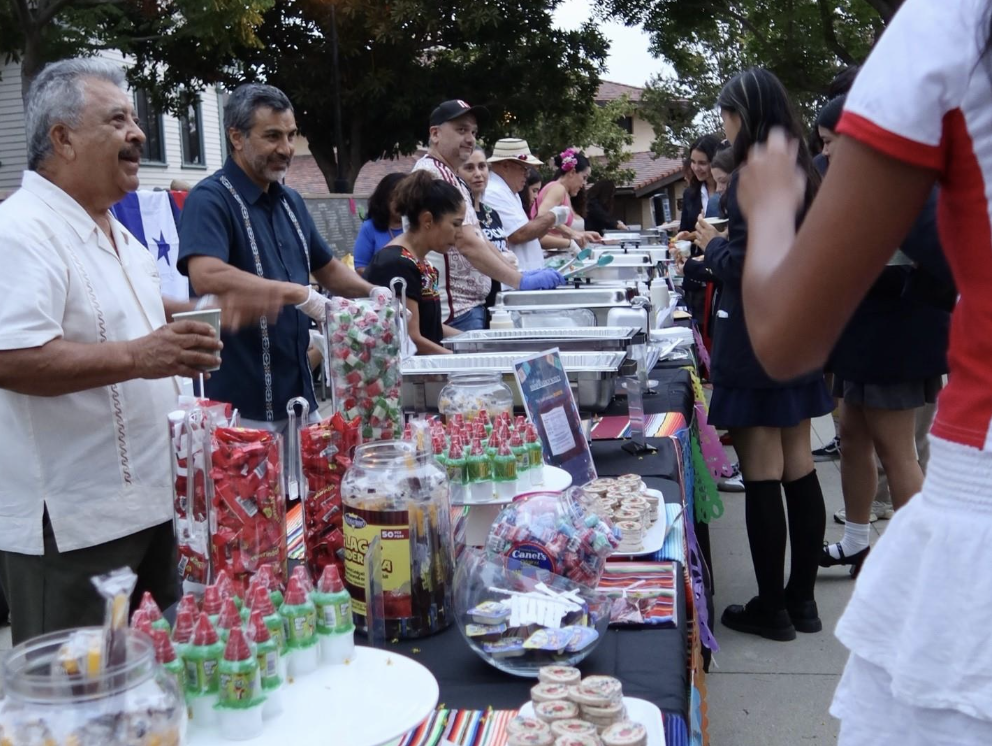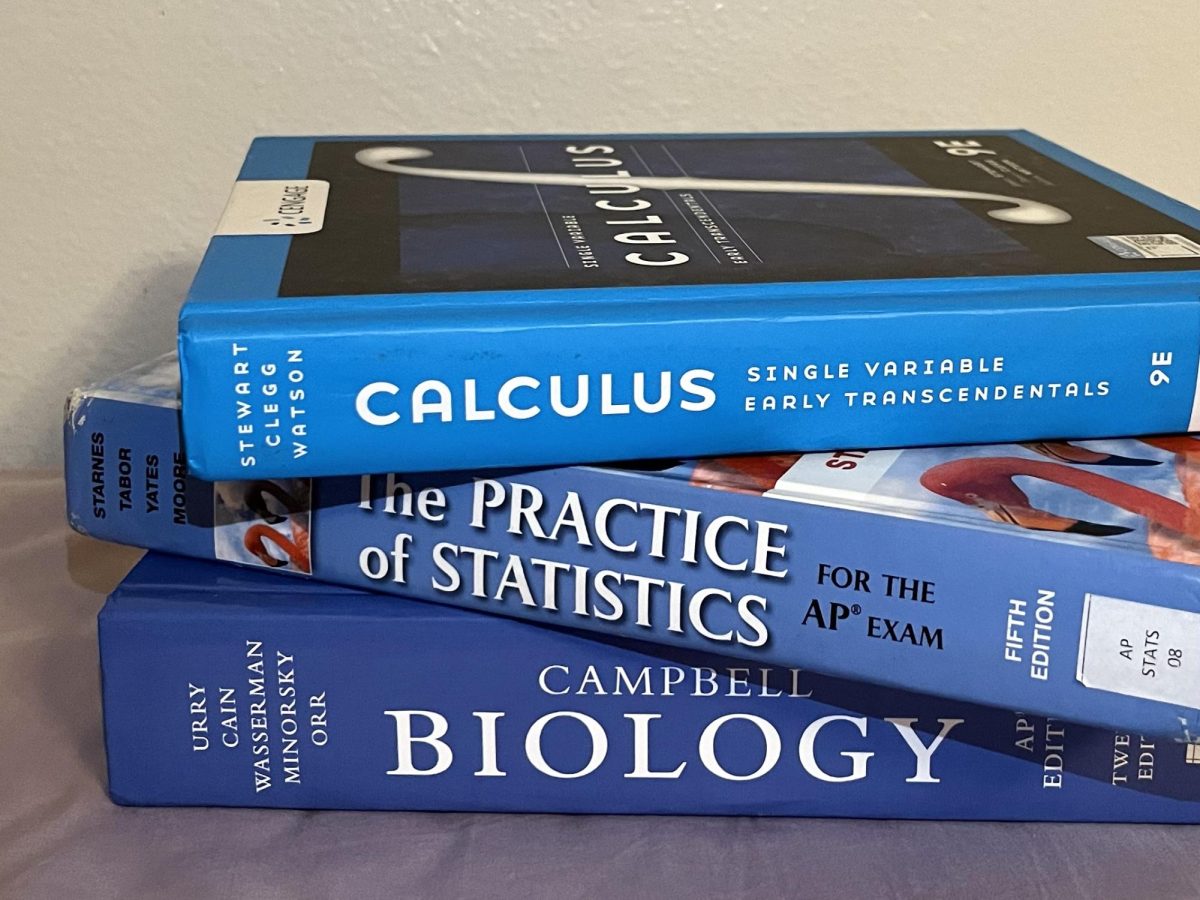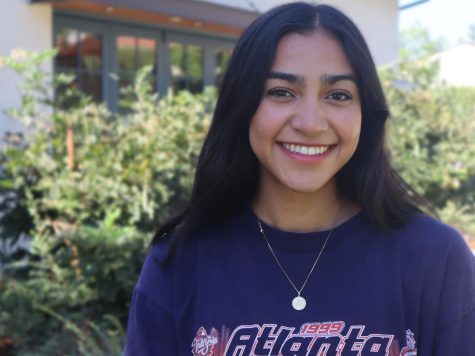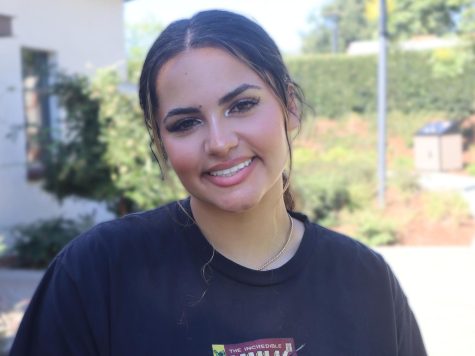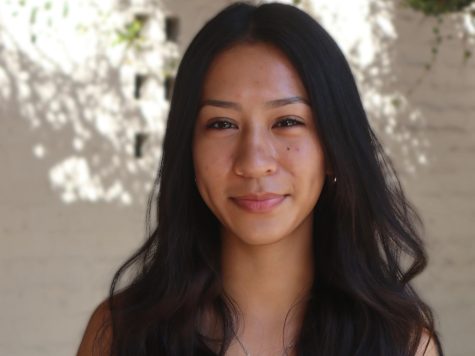People from different communities and backgrounds come together to remember the loved ones that they have lost through a celebration of life each year on November 1st. This holiday, more commonly referred to as Día de los Muertos, is widely celebrated by Latin and Hispanic communities all over the world. Many families and communities have lost a great deal this year due to the ongoing pandemic, which is why these communities value Día de los Muertos now more than ever.
According to folklore, the spirits of the dead walk among the living on November 1st. Families remember their loved ones, who have passed away and celebrate their lives. Día de los Muertos allows people to confront and accept death.
Valeria Gonzalez (‘23) celebrated Día de los Muertos with her family by creating an altar to remember those who have passed and welcome them. The altar she created had three levels.
“The first level is where we put the arc of flowers, which are cempasúchiles, and the candles,” Valeria said. “The second level is every one of our loved one’s photos. Finally, the last level are things they loved while they were living, such as their favorite foods, games, books, and the pan de muertos.”
Valeria also mentioned that she sprinkled salt on the altar to represent purity. According to Valeria, the flowers on the first level have a beautiful and strong smell that helps lead the spirits of loved ones to their family and friends that are still living. Every altar created for Día de los Muertos is extremely thought-out to the very last detail and quite unique.
Fran Torres (’22) describes how the pandemic affected his original plans for the holiday.
“This year, we couldn’t celebrate like we normally would,” Fran said. “My father died two years ago, in Mexico, and this year we wanted to fly out and celebrate the Day of the Dead with our family in Mexico. Because of COVID, we were not able to fly out, and could not celebrate with everyone.”
Although Fran is not religious, he enjoys the traditions associated with the holiday. He is most attracted to the beautiful colors and candles in the graveyards, which contrasts with the cloud of darkness surrounding death. Fran reminds us that Día de los Muertos is a day to celebrate all the good things that happened in a person’s life, not a day of mourning.
This year he set up an “ofrenda,” which is Spanish for altar, with a variety of pictures of his passed family members, flowers, and candles; he spent the day remembering his dad by listening to his dad’s favorite songs.
Due to Los Angeles’ large Latinx community, it is one of the main centers of celebration in Southern California for Día de Los Muertos. People set up altars, as well as displays of beautiful artwork across the streets of Los Angeles. COVID-19 restrictions made celebrating with one’s community very difficult; however, many people have found alternative ways to keep their traditions alive.
Los Angeles has always been rich in Hispanic and Latin Culture, but one of the most well-known centers for Mexican–American culture in Los Angeles is Olvera Street. In previous years, Olvera Street hosted events with skull face painting, parades, and “ofrendas“.
Due to the CDC guidelines in Los Angeles, the only event that still took place this year was the display of outdoor altars; however, there were many restrictions. Social distancing and masks were required as well as limited access to the event.
This year, the annual Día de los Muertos 5k was hosted virtually. This 5k would normally start at Olvera Street, but this year the rules were a little different. Participants must run in any 5k or 10k race, in which they tracked their progress. Once they entered their progress, they would receive prizes based on the progress they made.
Not only does Olvera street host events, but all of Los Angeles showcases amazing artwork. Murals all over Los Angles are painted with colorful skulls, bright orange Mexican marigolds called cempasúchiles, and pictures of celebrities who have passed over the years in celebration of their life.
Not every family celebrated through these virtual events and artwork, but whether it was creating altars or decorating gravestones, families still found ways to pay tribute to their lost loved ones.
In times of stress and despair, it becomes more necessary to celebrate with your loved ones and remember those who cannot be with you. Día de los Muertos is a day where families can celebrate their lost loved ones and appreciate that they are now at peace.
Rather than spending the day in sadness and grief, communities choose to come together and celebrate by decorating with bright colors, eating, and dancing, so they can put their loved ones on a pedestal of remembrance.


